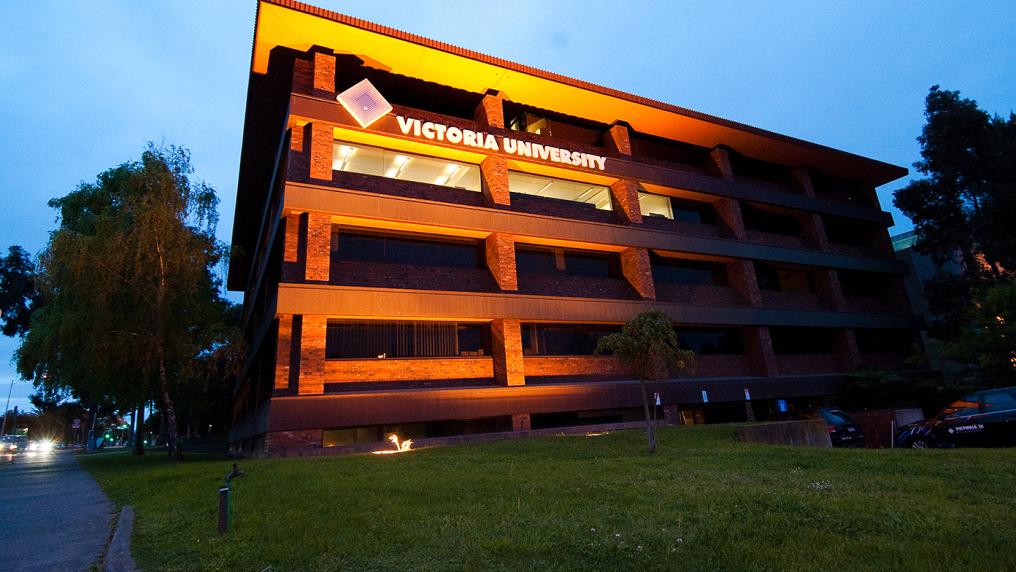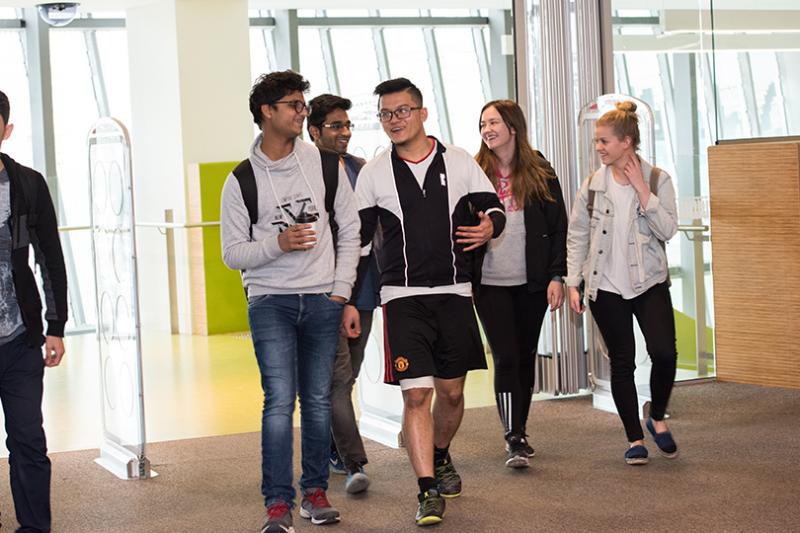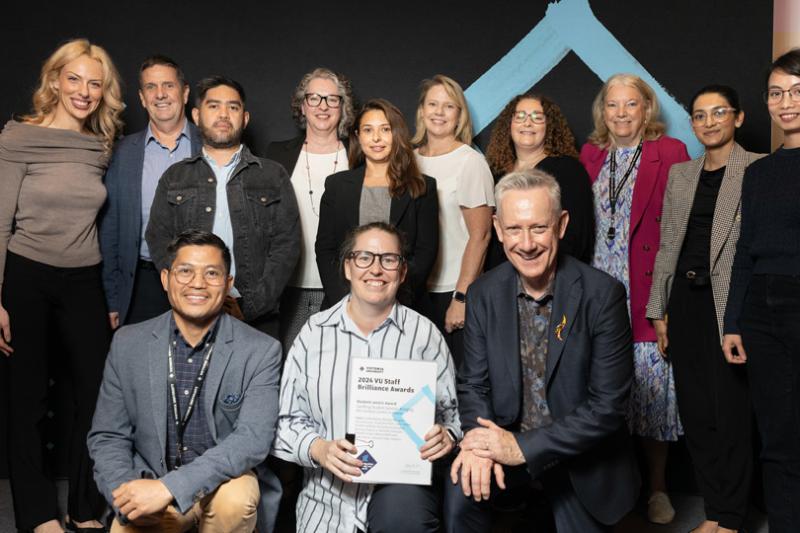Victoria University reveals The VU Way

Victoria University has launched The VU Way – a bold plan to apply the revolutionary Block Mode across all higher education and VU Polytechnic courses by 2022.
The VU Way has already been successfully adopted by all first-year undergraduates at Victoria University with overwhelmingly positive results relating to learner engagement, student retention and student success. Now, for the first time in Australia, the Block Mode will be extended across all remaining courses and levels, including sub-degree (TAFE) and postgraduate courses.
Focus on student success
Vice-Chancellor Professor Peter Dawkins said The VU Way is a new way of doing university.
"It is a future blueprint for universities that offer a combination of vocational and higher education learning. The Block Mode is a truly student-centric, student-success–led model.
“It offers a unique and empowering learning experience to ensure our students are given every chance to succeed on their own terms, during and after study. In this way, the Block Mode fulfils our vision of creating opportunity and success for any student from any background.”
The Block Mode sets VU apart from other universities and increases the flexibility with which students can mix and match their units of study, enabling them to gain vocational or higher education credentials concurrently or in a sequence.
Under The VU Way, large, impersonal lectures and passive learning in semester-long units of study are replaced by small groups engaged in block mode learning.
The VU Way announcement was detailed today in the country's national newspaper, The Australian, in an article by Higher Education Editor Tim Dodd, VU first on block to lead the way.
"Victoria University has moved to take ownership of its successful block model of teaching method, now being introduced across the university by branding it 'The VU Way'," it says.
It quotes Vice-Chancellor Dawkins committing VU to block mode teaching and The VU Way:
"It will be a genuine distinctiveness, a real differentiator. We think we've found something very special that we can provide that is highly suited to quite a wide diversity of students."
Data proves it works
The block model has resulted in students earning higher grades with improved pass rates, compared with the students who did the same subjects the previous year.
Using equivalent standards and in some cases, identical assessment items, comparative data between 2017 (pre-block mode) and 2018 when the block mode was introduced show the following improvements:
- Overall pass rates were up 7.9 percentage points to 83.9%
- Students receiving Distinction grades jumped 6.8 points to 26.7%, while High Distinctions jumped 6.6 points to 22.2%
- Pass rates for students from low socio-economic backgrounds were up 15.3 points to 81.9%, with High Distinctions were up by 8.6 points to 18.7%
- Pass rates for Indigenous and Torres Strait Islander students were up 19 points to 79%, while High Distinctions were up 11.9 points to 23.3%
- Pass rates for students from non-English-speaking backgrounds were up 14.7 points to 82.1%, while High Distinctions were up 6.8 points to 15.6%.
National newspaper highlights improved retention
The Australian highlighted new data showing the block mode of teaching is effective in reducing the number of students dropping out of courses.
"Last year, the number of commencing undergraduate students who were enrolled at the end of the year was 281 less than the peak enrolment during 2018 (measured in terms of equivalent full-time student load). This compares very favourably to the previous year when the comparable number measuring loss of commencing students was 565," the article said.
The Australian also detailed an improved retention rate of 72.2% of students who had studied block mode in 2018 returning in 2019, compared to 69% the previous year.
Victoria University was one of only two institutions in Victoria to increase its overall 2019 offers by 2%, compared to a sector average of minus 10%.
Professor Dawkins said it took less than nine months to design and implement the Block Mode at Victoria University.
"Interestingly, it took us a similar amount of time to decide that we would extend the Block Mode to second year courses and indeed all courses by 2022 as part of The VU Way.
"The fantastic results have far exceeded our expectations and suggest that the University is on a winner,” he said.



